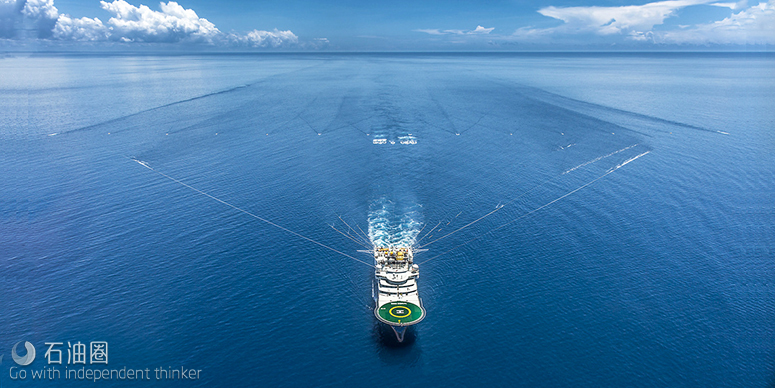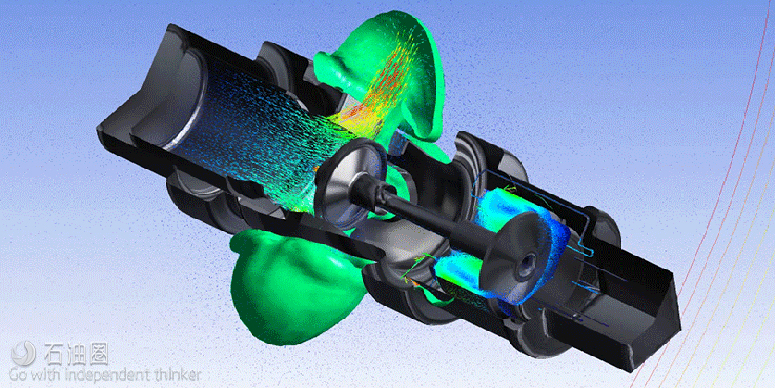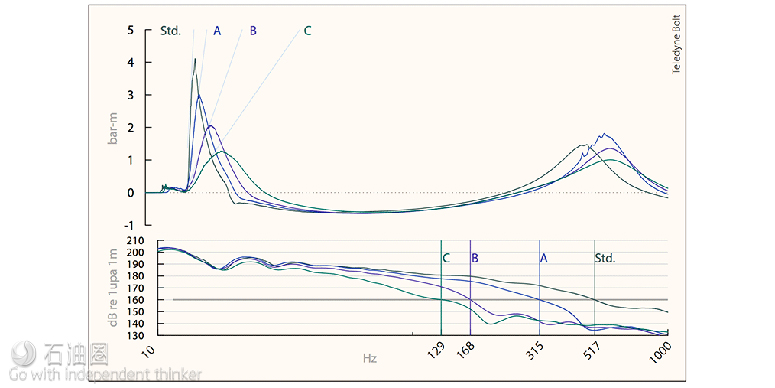Bolt Technology Corporation announced that it has commenced joint efforts with WesternGeco, a product line of Schlumberger, to develop the E-Source* air gun, an environmentally sensitive energy source for marine seismic surveys.
The E-Source air gun is a bandwidth-controlled source of acoustic waves designed to reduce the potential impact of seismic signals on marine life. The new source optimizes output in the seismic band, suppressing the high-frequency components that contribute to acoustic impact, while retaining the low-frequency components that are critical to seismic exploration.
Raymond M. Soto, Bolt’s President and CEO, commented, “In the early 1960s, we invented the marine seismic air gun and today our air guns are the most widely used marine seismic energy source in the world. By combining our unique air gun design and manufacturing experience with WesternGeco knowledge and research in the area of marine acoustics, we believe the new E-Source air gun could represent a significant new development in the geophysical industry. Once fully developed, the E-Source technology will be universally available to the industry.”
Bolt has teamed with a solid player in the petroleum technology industry, said Tom Biracree, spokesman for IHS Herold Inc., Norwalk-based provider of research to the energy industry.
“The demand for this technology is soaring,” he said. “Deep water drilling is expensive — $100 million. The need for accurate seismic imaging is greater than ever.”
There is pressure from the global community to use technology in the search for marine oil and gas deposits that does not impact fish and mammals, said John Parry, IHS senior principal analyst.“Partnering with a major name like Schlumberger will help them further penetrate the market,” he said.
Everyone working in the oil and gas industry is aware of the importance of ensuring minimal impact on the environment of the areas in which they are exploring, and the expansion of environmental regulations such as marine mammal studies means that reducing the effect of, for example, seismic sources on marine life is now an imperative. In fact, a third of all seismic acquisition revenue in the last six years was derived in the regions that are most sensitive to mammal regulations, including New Zealand, Brazil and Sakhalin.
Key elements of these environmental guidelines include visual observations and passive acoustic detection of marine mammals in the survey area. ‘Soft-start’ procedures are commonly used, gradually increasing sound pressure levels with the intent of warning animals of pending seismic operations and allowing sufficient time for them to leave the immediate vicinity. Research has shown that mammals such as porpoises have high frequency auditory bandwidths and are therefore potentially more sensitive to seismic disturbance.
The eSource design was driven by extensive fluid modelling and verified whith physical prototyprs
With this in mind, Teledyne Bolt has been working for a number of years on the design of a new airgun which will minimise unwanted source noise. Previously, such sources were designed to focus on delivering high levels of energy by covering a wide range of frequencies, and the pulse signature of a traditional airgun source shows very high frequencies at the beginning of each pulse. This high frequency energy is believed to be the most disturbing to marine life – but is not particularly beneficial to seismic acquisition. The new eSource therefore limits unwanted high frequency emissions through a sophisticated mechanical filter, while maintaining the lower frequencies required for optimal seismic penetration and resolution.
The key principle behind eSource is the gradual release of air at a predetermined rate and as a function of time. By controlling the way the air is released, the spectral content of the pressure signal can be tuned.
The controlled flow of air can be seen in the first peak in the plot, the slope of which is directly related to the rate at which air is initially released from the airgun. The flatter the slope, the more attenuated the high frequency emissions become. Low frequency energy necessary for seismic exploration is preserved
The new eSource is designed to be adaptable, so it can be used in different regulatory regimes and geological constraints, and is tunable in three levels, each having a different filtering of the high frequency emissions. Each setting is available in all major airgun volumes, with the e300 model covering 150 in 3 and smaller and the e500 model covering larger volumes. This is achieved through changing specific internal parts, a task which only takes about 20 minutes. The new source is fully compatible with existing infrastructure onboard the seismic vessels, including hangars, gun controllers, cluster assemblies and subarray interfaces, and efficiencies incorporated into the design mean that it is up to 15 kg lighter than standard Bolt sources.
Bolt partnered with Schlumberger to evolve the initial design of the new source, which has been in development since 2005. In 2012 the product underwent extensive field testing to prove reliability and performance, including optimal imaging results, before it was finally unveiled at the 2014 EAGE conference. The result: the first bandwidth controlled seismic source which is focused primarily on the environment, meaning that marine wildlife will be subjected to less sound in the vicinity of seismic operations.


 石油圈
石油圈


